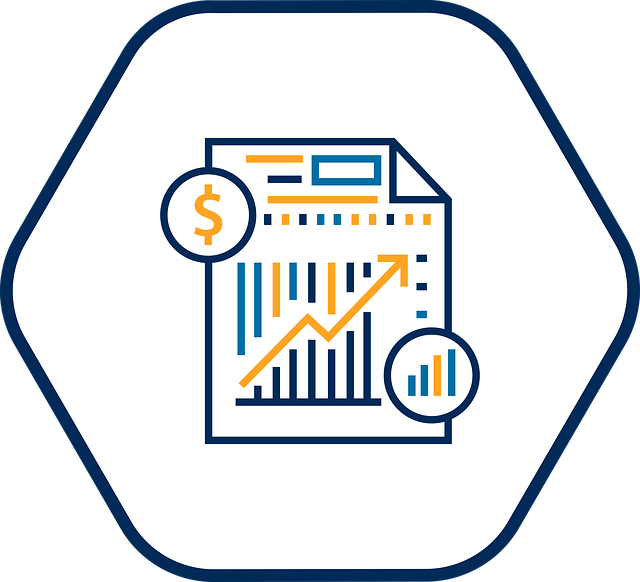This course builds upon what was introduced in Computer Application for Accounting I and introduces students to QuickBooks accounting software. Students will work progressively through the modules and features found in this software in the context of managing a small business.

- Teacher: Muhammad Fareed
This course builds on the accounting theory and techniques learned in Intermediate Accounting I. The focus will be an in-depth study of liabilities and shareholders' equity. Topics will include current and long-term liabilities; accounting for pension costs and obligations, income taxes; leases; and legal and financial aspects of corporations, the conceptual framework for financial reporting, cash flow statement and analysis of financial information.

This course explores cost and management accounting with an emphasis on their relevance to decision making. Topics include: job-order costing, activity based costing, responsibility accounting, master budgeting, flexible budgeting and variance analysis, cost-volume-profit analysis, inventory costing and capacity analysis, and relevant cost analysis.

- Teacher: Muhammad Fareed
This course introduces students to the concepts and practices of computerized accounting, creating and managing a general ledger, accounts payable and receivable, payroll and inventory by working progressively through the modules found in Simply Accounting.

- Teacher: Muhammad Fareed
This course builds on the foundation of accounting techniques and theory in the foundational accounting courses, focusing on an in-depth study of assets and revenues. Topics will include current assets, capital assets and investments, the conceptual framework for financial reporting, the measurement of revenue, the correction of errors, and the accounting for changes in accounting policies and estimates. Selected sections of the CICA Handbook will be covered in-depth.

- Teacher: Amir Fard
This course introduces the student to cost and management accounting with an emphasis on relevance to decision making. Topics include: job-order costing, activity based costing, responsibility accounting, master budgeting, flexible budgeting and variance analysis, cost-volume-profit analysis, inventory costing and capacity analysis, and relevant cost analysis.

- Teacher: wayne cho
This course explores advanced concepts in the field of accounting and how it serves the needs of the business community. The course examines in-depth specific items on the balance sheet, accounts receivable, inventory, capital assets, and current liabilities as well as the use of special journals, subsidiary ledgers, and ends with an introduction to corporations.

- Teacher: Shawn Doosti
